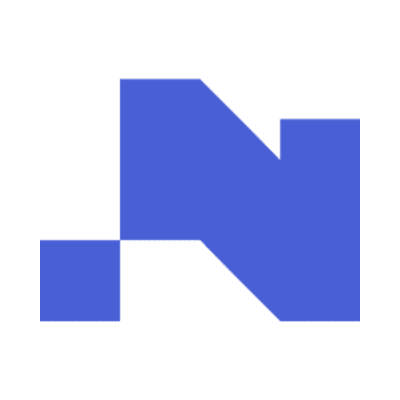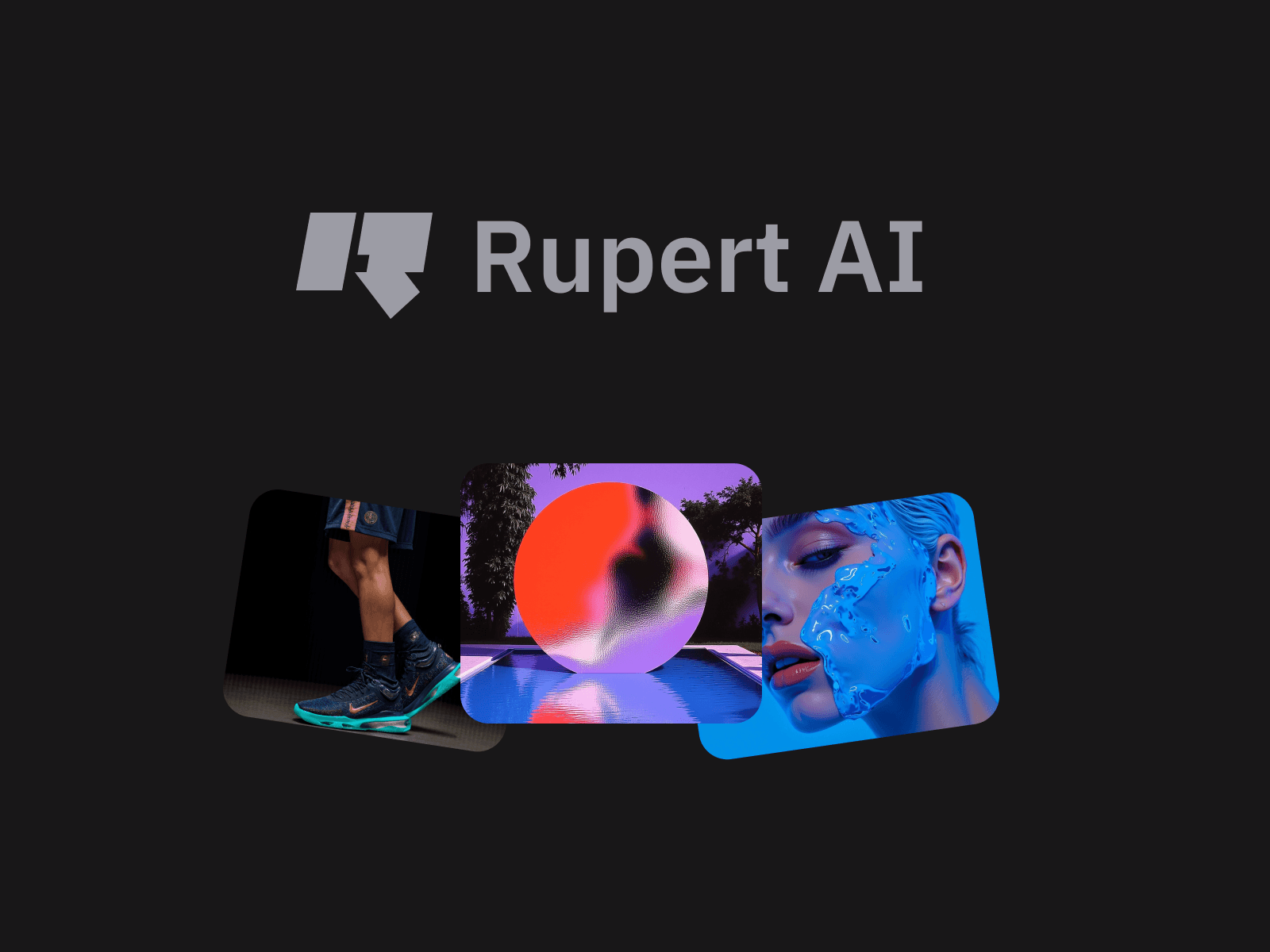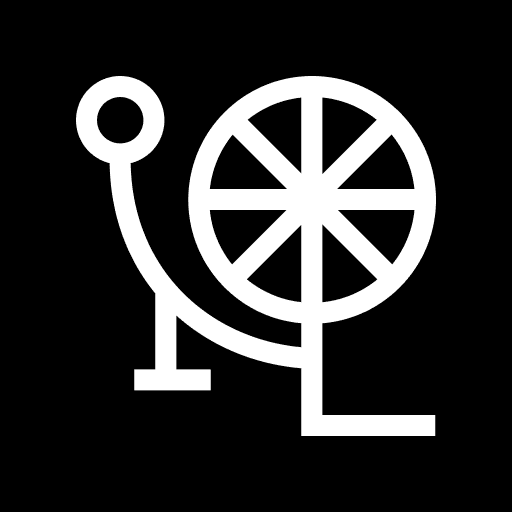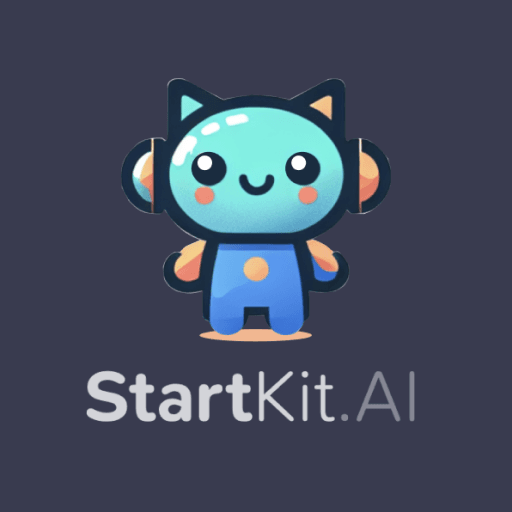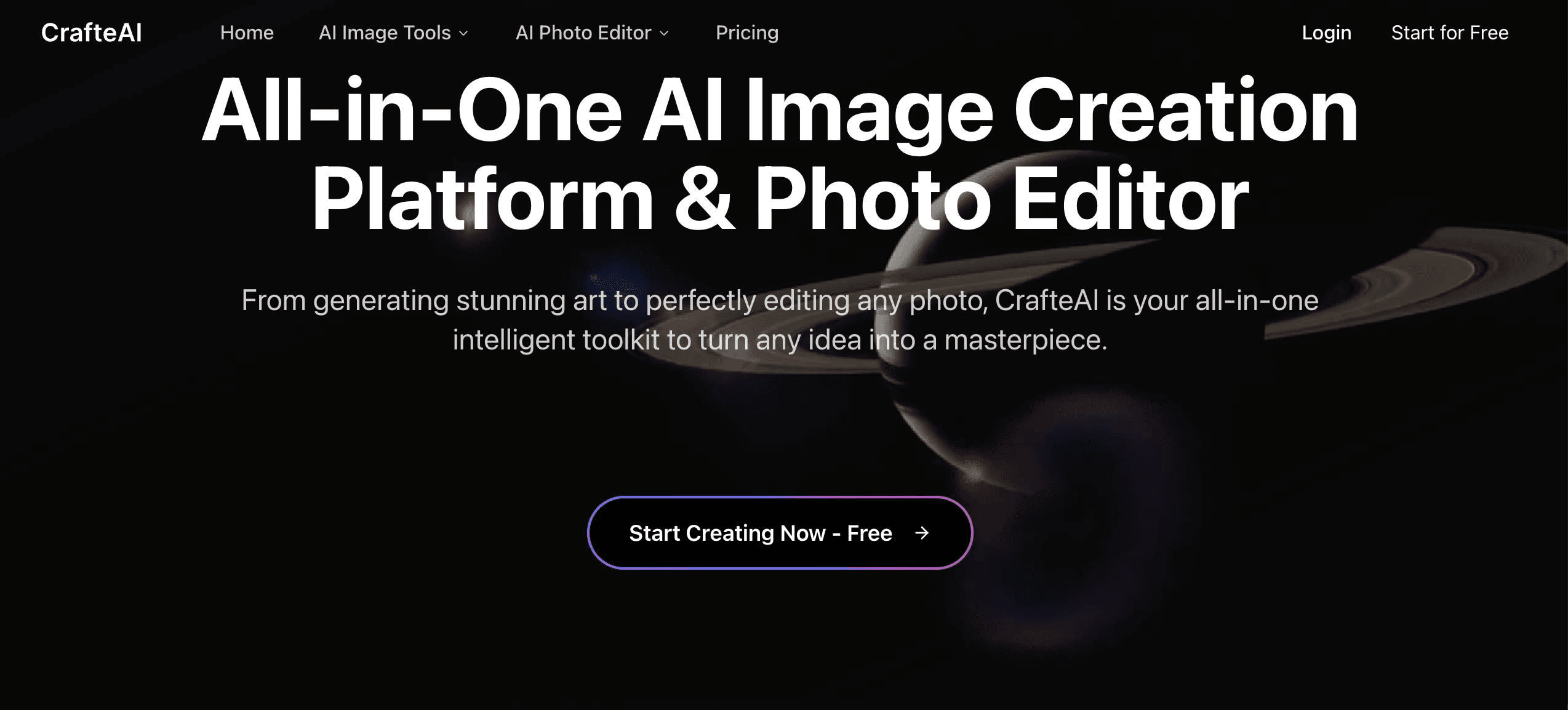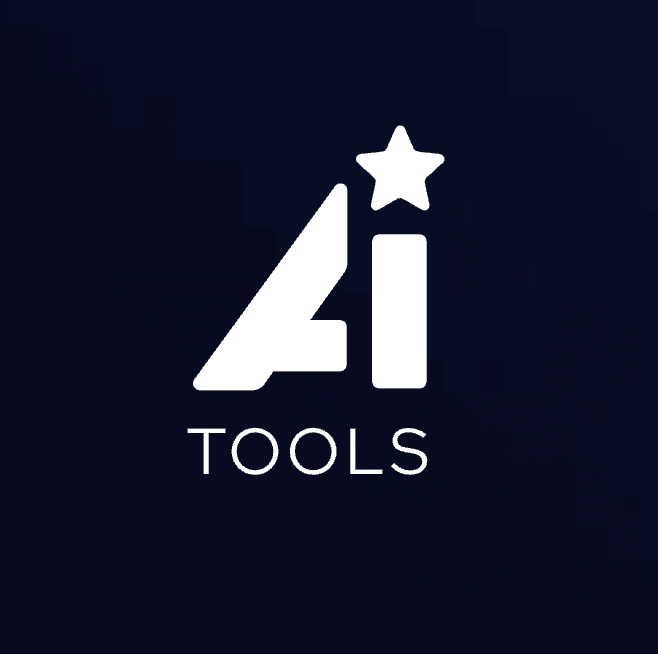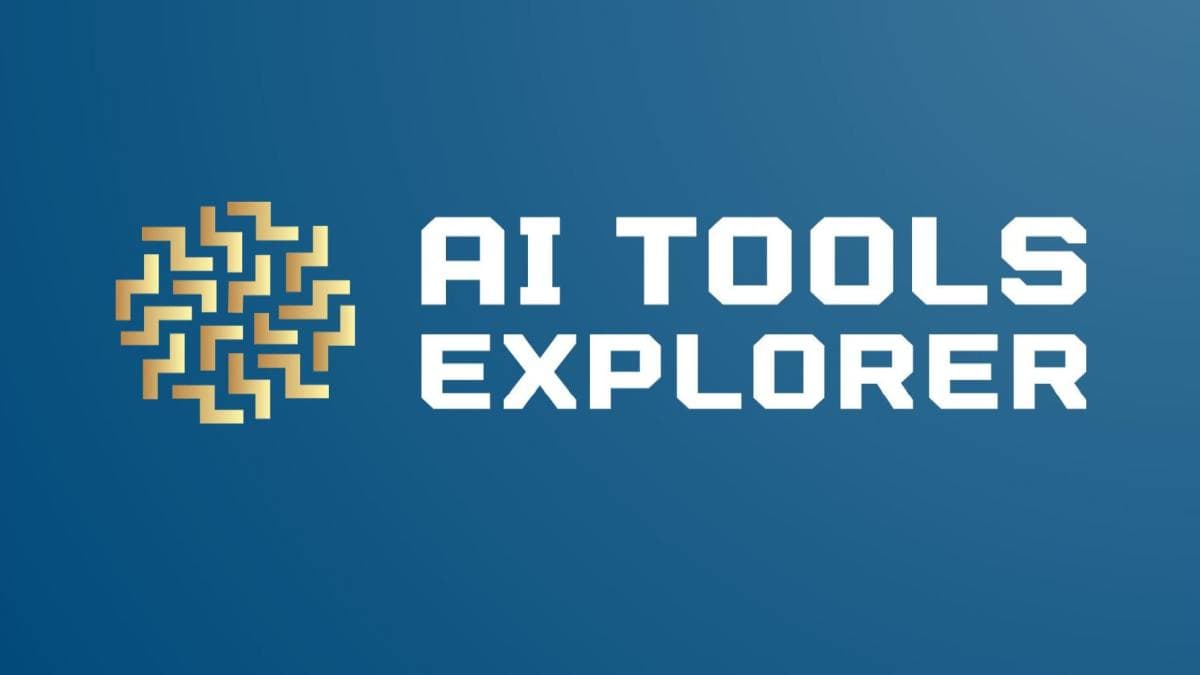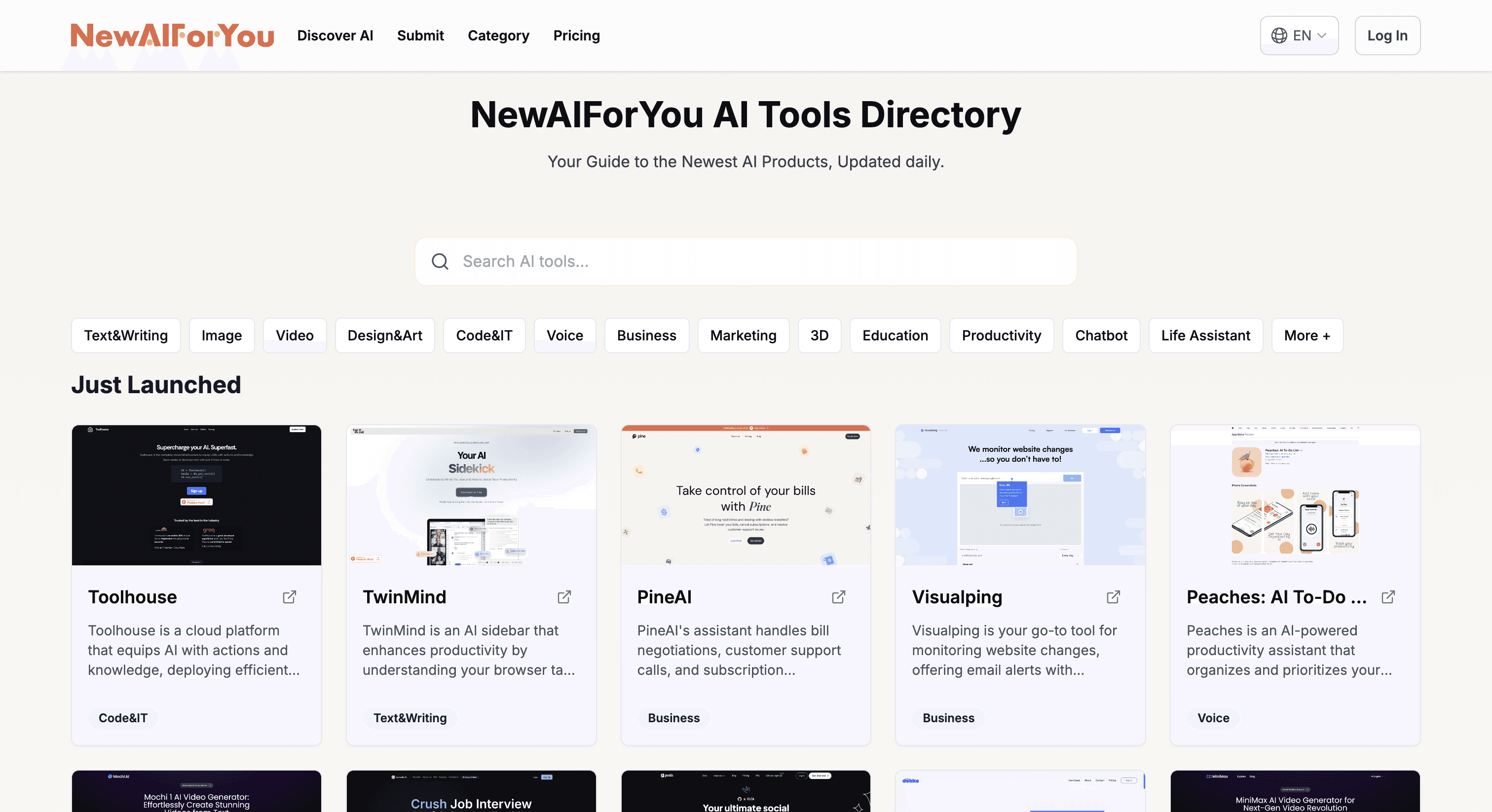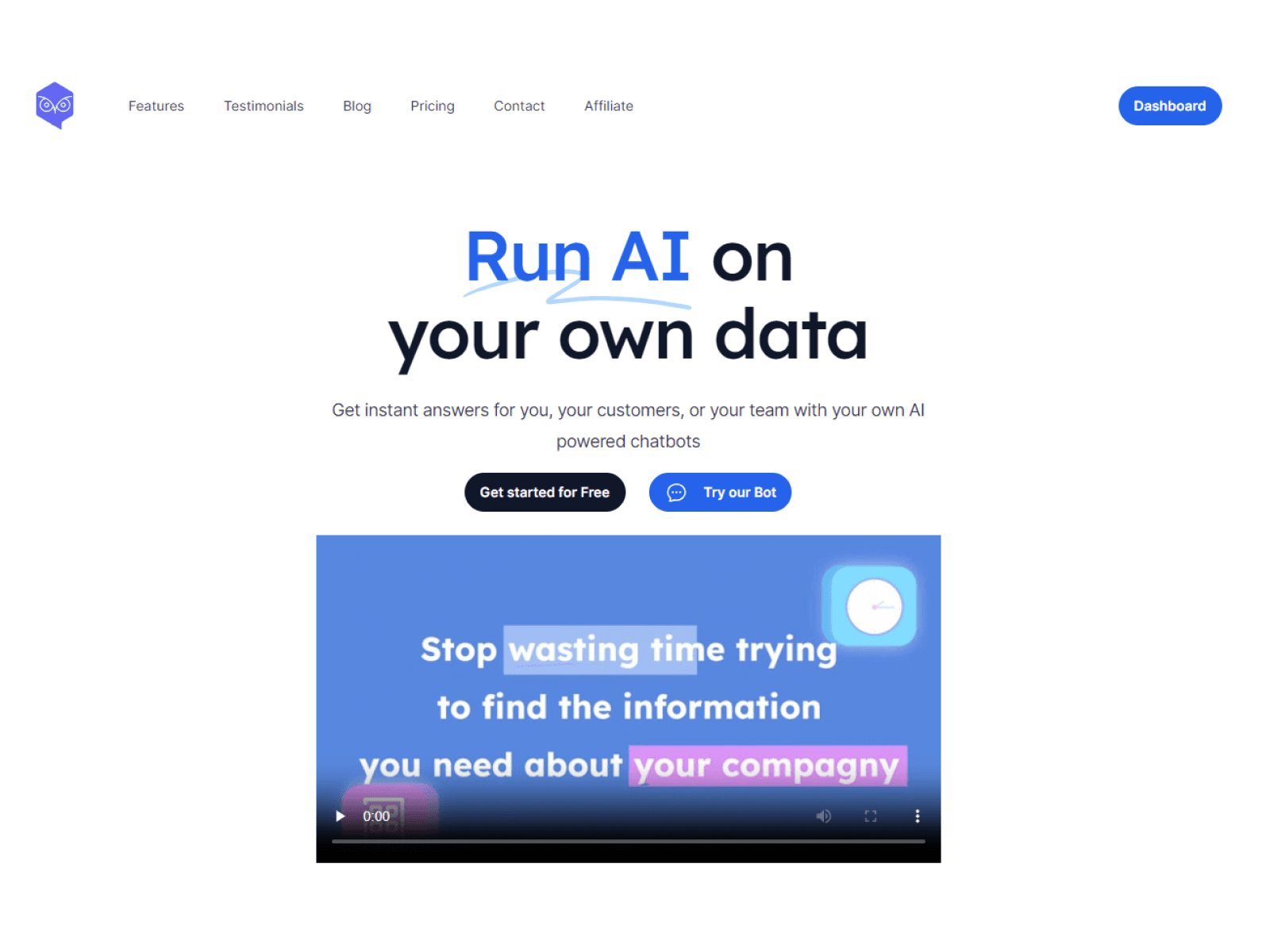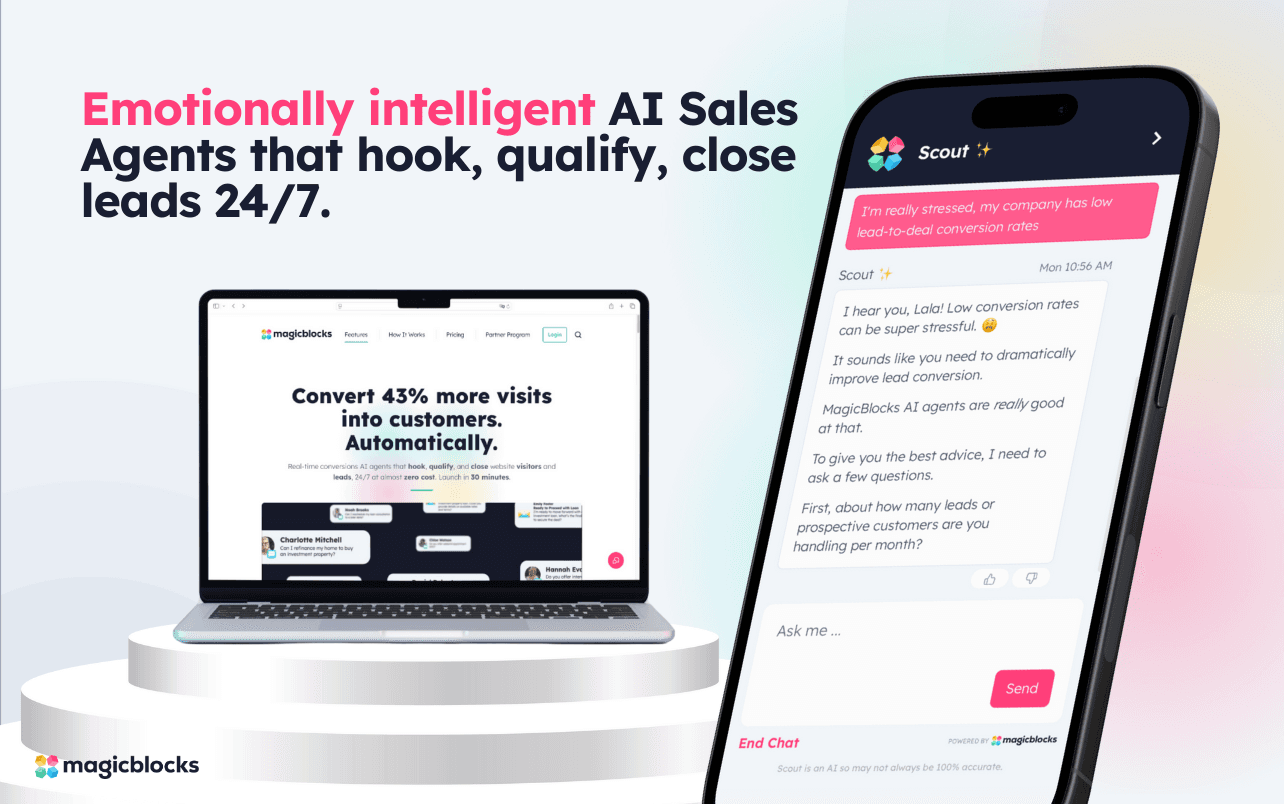Cakewalk AI vs. Narrow AI
Cakewalk AI
Awesome tool that helps organize your AI work with workspaces and dynamic prompts. This lets you build prompts using {{variables}}!.
Narrow AI
Introducing Narrow AI: Take the Engineer out of Prompt Engineering Narrow AI autonomously writes, monitors, and optimizes prompts for any model - so you can ship AI features 10x faster at a fraction of the cost. Maximize quality while minimizing costs - Reduce AI spend by 95% with cheaper models - Improve accuracy through Automated Prompt Optimization - Achieve faster responses with lower latency models Test new models in minutes, not weeks - Easily compare prompt performance across LLMs - Get cost and latency benchmarks for each model - Deploy on the optimal model for your use case Ship LLM features 10x faster - Automatically generate expert-level prompts - Adapt prompts to new models as they are released - Optimize prompts for quality, cost and speed Learn more at getnarrow.ai
Reviews
Reviews
| Item | Votes | Upvote |
|---|---|---|
| No pros yet, would you like to add one? | ||
| Item | Votes | Upvote |
|---|---|---|
| No cons yet, would you like to add one? | ||
| Item | Votes | Upvote |
|---|---|---|
| Automated Model Migration | 1 | |
| Intelligent Cost & Performance Optimization | 1 | |
| Continuous Performance Monitoring | 1 |
| Item | Votes | Upvote |
|---|---|---|
| No cons yet, would you like to add one? | ||
Frequently Asked Questions
Cakewalk AI focuses on organizing your AI work with workspaces and dynamic prompts that use variables, making it ideal for users who need structure and flexibility in prompt creation. On the other hand, Narrow AI offers features like automated prompt optimization, cost and performance benchmarks, and continuous performance monitoring. It is better suited for users looking to optimize costs, improve accuracy, and deploy AI features quickly. The choice depends on whether you prioritize workspace organization or prompt optimization and cost efficiency.
Yes, Narrow AI offers features specifically designed for cost optimization, such as reducing AI spend by 95% with cheaper models, providing cost and latency benchmarks, and intelligent cost and performance optimization. Cakewalk AI does not explicitly mention cost optimization as a feature, focusing instead on organizing AI tasks with dynamic prompts and workspaces.
Narrow AI is better for generating expert-level prompts automatically. It includes features like Automated Prompt Optimization and the ability to adapt prompts to new models as they are released. Cakewalk AI, while offering dynamic prompts with variables, does not mention automatic generation of expert-level prompts.
Cakewalk AI is an innovative tool designed to help users organize their AI work through the use of workspaces and dynamic prompts. The tool allows for the creation of prompts using variables, making it easier to build and manage complex AI tasks efficiently.
The main features of Cakewalk AI include the ability to create and manage workspaces, use dynamic prompts with variables, and streamline the organization of AI-related tasks. These features aim to enhance productivity and simplify the management of AI projects.
Currently, there are no user-generated pros and cons available for Cakewalk AI. However, its features such as workspaces and dynamic prompts suggest it could be highly beneficial for organizing AI work.
The pros of Narrow AI include Automated Model Migration, Intelligent Cost & Performance Optimization, and Continuous Performance Monitoring. There are currently no user-generated cons listed for Narrow AI.
Narrow AI is a platform that autonomously writes, monitors, and optimizes prompts for any model, allowing users to ship AI features 10 times faster and at a fraction of the cost. It aims to maximize quality while minimizing costs, reduce AI spend by 95% with cheaper models, improve accuracy through Automated Prompt Optimization, and achieve faster responses with lower latency models.
Narrow AI offers several features including Automated Model Migration, Intelligent Cost & Performance Optimization, Continuous Performance Monitoring, and Automated Prompt Optimization. It also allows users to easily compare prompt performance across different LLMs, get cost and latency benchmarks for each model, and deploy on the optimal model for their use case.
Narrow AI helps reduce AI costs by up to 95% through the use of cheaper models and optimizing prompts for quality, cost, and speed. This allows users to achieve high accuracy and fast responses without incurring significant expenses.
Narrow AI optimizes prompt performance through Automated Prompt Optimization, which adjusts prompts to improve accuracy, reduce latency, and lower costs. It continuously monitors performance and adapts prompts to new models as they are released, ensuring optimal performance.
